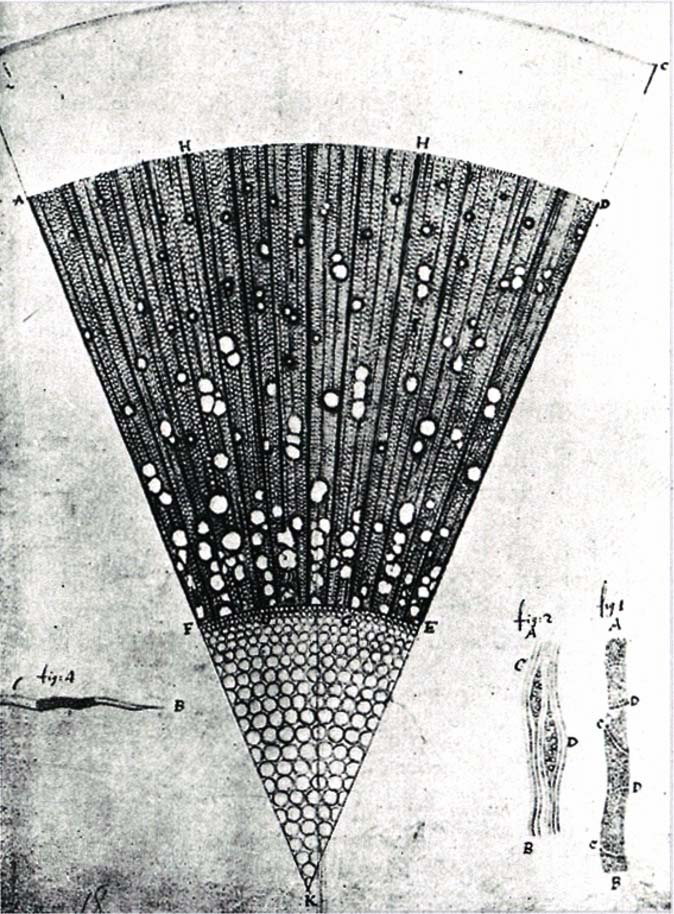
The Trinocular, Miranda Mellis’ new column, takes as its point of departure cultural attitudes to the seasons: their moods, transitions, and increasing contradictions.
One doesn’t associate theory with vacation. One isn’t reading Foucault’s Discipline and Punish on the beach. After all, as Cicero and Montaigne et al taught us, to philosophize is to learn how to die, to take up dying as a practice, to kill your darlings and lose your illusions, not to sunbathe, ride ferris wheels, stare at ruins, or climb mountains as busy with people as malls. To think is already to wander lost, to happen upon the unexpected, to find ruins and mystery everywhere, which is what we seek from “buying back our leisure time,” as Guy Debord describes vacation, that plotted-out exit from the stress industrial complex.
However, if theory doesn’t know vacation in the usual sense of the word, it is expert on digression. Eve Kosofsky Sedgwick, a foundational figure for queer theory and affect studies, digressed from her desk to make textile art, practice Buddhism, and go to therapy, there to divulge and analyze her life-long death-wish and to face the cancer that eventually did take her life in 2009. A Dialogue on Love is her account of therapy and it is a luminous and poignant read for any time of year.
Sedgwick describes herself to her therapist as moving through life receptively, in a state of “free-floating remediation.” She speaks about making others smarter by means of interested good faith. “I want to start out powdering people with fairy dust when I first know them,” she writes, “like there’s a working hypothesis that I’ll trust them, that we’re playing the same exciting game, that they’re radiant, kind, mysteriously talented, spiritually powerful.” This capacity to capacitate is linked to a childhood strenuous with the work of surviving self-involved parents to whom she had to attune inordinately well in order that they might care properly for her.
Sedgwick is particularly marked by repeated experiences of the sudden falling off of her mother’s interest without warning. She describes herself as her mother’s therapist: “That is: I’ve had an / immemorial motive / of eliciting, / supporting, helping / her inhabit and extend / a certain “true self.”” Her relationship with her mother causes her to “learn a rather imposing / habit of silence / about my own needs.” She becomes someone for whom it is “generally easier for me to take responsibility for somebody else’s self-perception than becoming visible to myself.” How many gifted educators and healers first learned inadvertently, of necessity, the basic tools of their trade–how to mute the self, recede, bear witness, facilitate–due to having narcissistic parents?
What the...
You have reached your article limit
Sign up for a digital subscription and continue reading all new issues, plus our entire archives, for just $1.50/month.
Already a subscriber? Sign in




